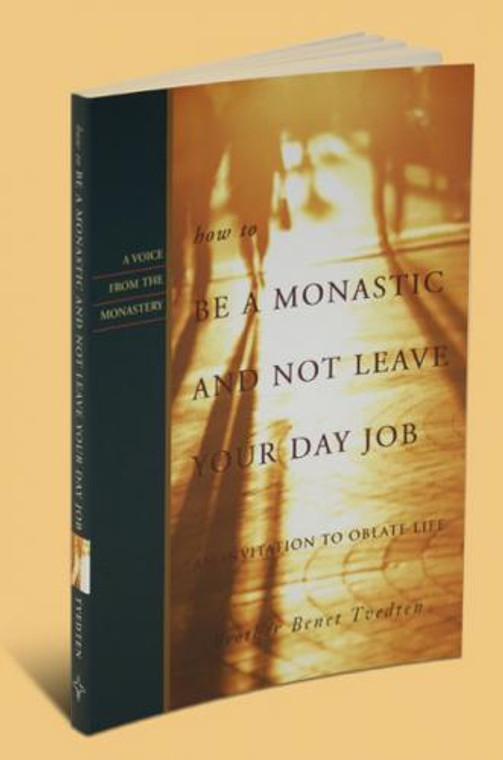
Dorothy Day was an oblate while she lived in the heart of New York City. So was the French poet, Paul Claudel. Kathleen Norris is an oblate, and so was Elena Lucrezia Cornaro Piscopia, the first woman in Europe to earn a Ph.D. What connects them all? There are at least ten thousand oblates in the United States today (no one knows for sure how many), and each of them is connected in meaningful ways to a monastery or abbey. Most oblates are ordinary lay people from various Christian traditions. They are linked together by common appreciation for the Rule of St. Benedict. Originally written for monks, the principles in the Rule may be applied by everyone else---and in today's hectic, changing world, being an oblate offers a rich spiritual connection to the stability and wisdom of monastic life. This essential guide explains how people who live and work in "the world" are still invited to balance work with prayer, cultivate interdependence with others, practice hospitality, and otherwise practice their spirituality like monks.
Softcover: 144 Pages
- Short Description:
- Dorothy Day was an oblate while she lived in the heart of New York City. So was the French poet, Paul Claudel. Kathleen Norris is an oblate, and so was Elena Lucrezia Cornaro Piscopia, the first woman in Europe to earn a Ph.D. What connects them all?





